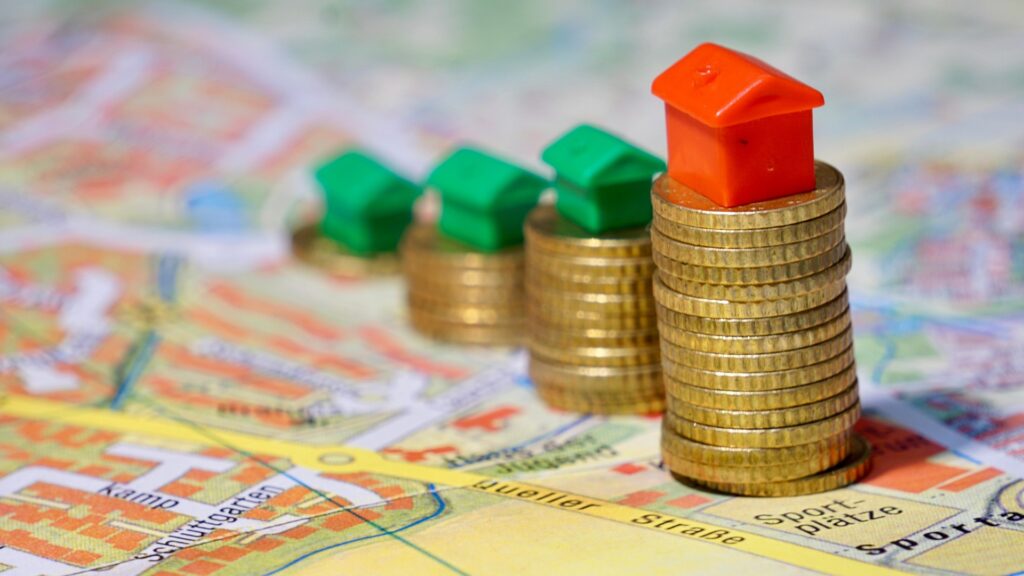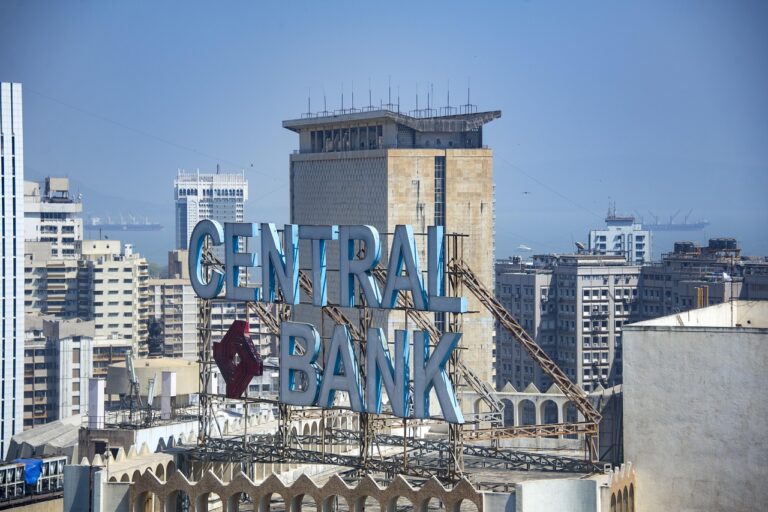
Introduction
There was a time when China’s skylines told a story of unstoppable growth. Tower cranes dotted every horizon, and developers became symbols of national ambition — proof that prosperity could be built, quite literally, from the ground up.
But that story is unraveling. This week, one of China’s largest real-estate giants defaulted on $10 billion in debt, deepening a crisis that has been spreading quietly through the country’s property sector for years. The collapse is not an isolated failure; it is another domino in a slow-motion reckoning that threatens to reshape the very foundations of China’s economy.
The headlines speak of numbers, but behind those numbers lie unbuilt homes, unpaid workers, and millions of families who poured their savings into apartments that may never exist. The world’s second-largest economy is discovering what happens when the engine of growth runs out of fuel.
The moment the bubble broke
For two decades, China’s property market was the most powerful wealth-creation machine in human history. Developers borrowed heavily, local governments sold land to finance public spending, and households treated real estate as the safest investment imaginable.
That model began to fracture when Beijing, alarmed by ballooning debt, introduced the “three red lines” policy in 2020 — rules designed to curb reckless borrowing. Overnight, leverage became poison. Dozens of firms found themselves unable to refinance, and a long chain of debt began to snap.
Now, with this latest default — a developer once considered too large to fail — the problem has entered a new phase. It is no longer a matter of weak players falling away; the giants are stumbling. Each missed payment shakes confidence further, driving down property prices, eroding household wealth, and straining banks already burdened by bad loans.
When confidence collapses
China’s property market is more than a sector — it’s an ecosystem that sustains local economies. Real estate and construction account for roughly a quarter of China’s GDP when indirect industries are included. That means every default ripples outward: suppliers lose contracts, local governments lose land-sale revenue, and consumers lose faith.
The human impact is visible. In cities like Chengdu and Nanjing, rows of half-finished towers stand silent, their concrete shells collecting dust. Homebuyers who prepaid for apartments are protesting online, demanding refunds that developers cannot afford. The social contract that once promised “a home for every saver” is beginning to fray.
For Beijing, this loss of confidence is the most dangerous part of the crisis. Chinese growth has long depended on belief — the belief that tomorrow would always bring higher prices, faster construction, more wealth. Once that belief fades, no stimulus package can easily rebuild it.
The financial chain reaction
The developer’s $10 billion default is not just a corporate failure — it’s a signal to lenders that no one is safe. Chinese banks, many of which are state-controlled, now face rising non-performing loans. Shadow lenders, who financed projects through opaque channels, are collapsing under the weight of unpaid debts.
Offshore bondholders — once eager to invest in Chinese property firms — have been wiped out. The market for Chinese dollar-denominated real-estate bonds, once worth hundreds of billions, has virtually vanished. Foreign investors are retreating, fearful that contracts will be rewritten or ignored.
Even local governments are feeling the strain. Many relied on land sales to fund infrastructure and social programs. With developers gone silent, those revenues have dried up. The result: budget shortfalls, delayed projects, and a quiet but growing fiscal squeeze at the provincial level.
Beijing’s dilemma
The Chinese government faces a choice it has been avoiding for years: intervene decisively or risk systemic damage. So far, its approach has been measured — targeted liquidity injections, modest interest-rate cuts, and moral suasion for banks to extend credit.
But those steps may not be enough. The scale of debt across the property sector is staggering — more than $7 trillion by some estimates. A blanket bailout could stabilize markets but also reward reckless behavior and burden the state with enormous liabilities.
Politically, the crisis is sensitive. President Xi Jinping’s administration has framed the slowdown as part of a “necessary correction,” a shift toward a more sustainable, consumption-driven economy. Yet, as developers fail and middle-class wealth evaporates, that narrative is harder to sustain. Public frustration is rising, and the government knows that discontent over housing can quickly become discontent over everything.

The broader economic cost
The property crisis is dragging on China’s recovery at a time when growth is already slowing. Exports have weakened, youth unemployment remains high, and consumer confidence is fragile. Construction halts have rippled through steel, cement, and household-goods industries, compounding the slowdown.
Internationally, investors are watching nervously. China’s slowdown is not contained within its borders; it affects global demand for commodities, manufacturing supply chains, and investment flows. For emerging markets that depend on Chinese demand — from Brazil’s iron ore to Australia’s coal — the fallout is real and measurable.
Meanwhile, global markets are recalibrating. The myth of China as an endlessly expanding economy is fading, replaced by something more sober: a recognition that even the mightiest growth model can crack when built on too much debt.
The moral of the boom
Behind the spreadsheets and policy briefings lies a deeper lesson — one that feels almost universal. For years, China’s property developers built more than cities; they built an illusion of perpetual motion. Each new tower financed the next, each pre-sale funded a promise. The cycle worked until it didn’t.
Now, ordinary citizens are left holding the weight of those broken promises. Many invested their life savings into apartments still wrapped in scaffolding. Some are still paying mortgages on homes that exist only on paper. For a society that equated property with security, the psychological shock is immense.
The crisis reveals something fundamental: growth without trust is unsustainable. When construction becomes speculation and credit replaces confidence, the foundation is already cracked.
What comes next
Beijing will almost certainly step in — quietly, strategically, and on its own terms. It may nationalize unfinished projects, push state firms to absorb assets, and roll out limited stimulus to prevent contagion. But the age of unbridled building is over.
The government’s challenge now is to transition from property-driven expansion to innovation-driven stability, a shift easier said than done. It must convince a wary public that prosperity can exist without constant construction, that wealth can grow from something sturdier than concrete and debt.
The coming months will test China’s resilience — not just its economy, but its social fabric and political nerve.
Conclusion
The $10 billion default is more than a financial event; it is a symbol of a changing era. For decades, China built its dreams skyward, stacking wealth in glass and steel. Now, as the dust settles on half-finished towers, the nation faces a quieter, harder task: rebuilding confidence.
The cranes may rise again someday, but the belief that property prices only go up — that growth is forever — has fallen with them. In that collapse lies both a warning and an opportunity: the chance to learn that true prosperity is not built on speculation, but on balance.






